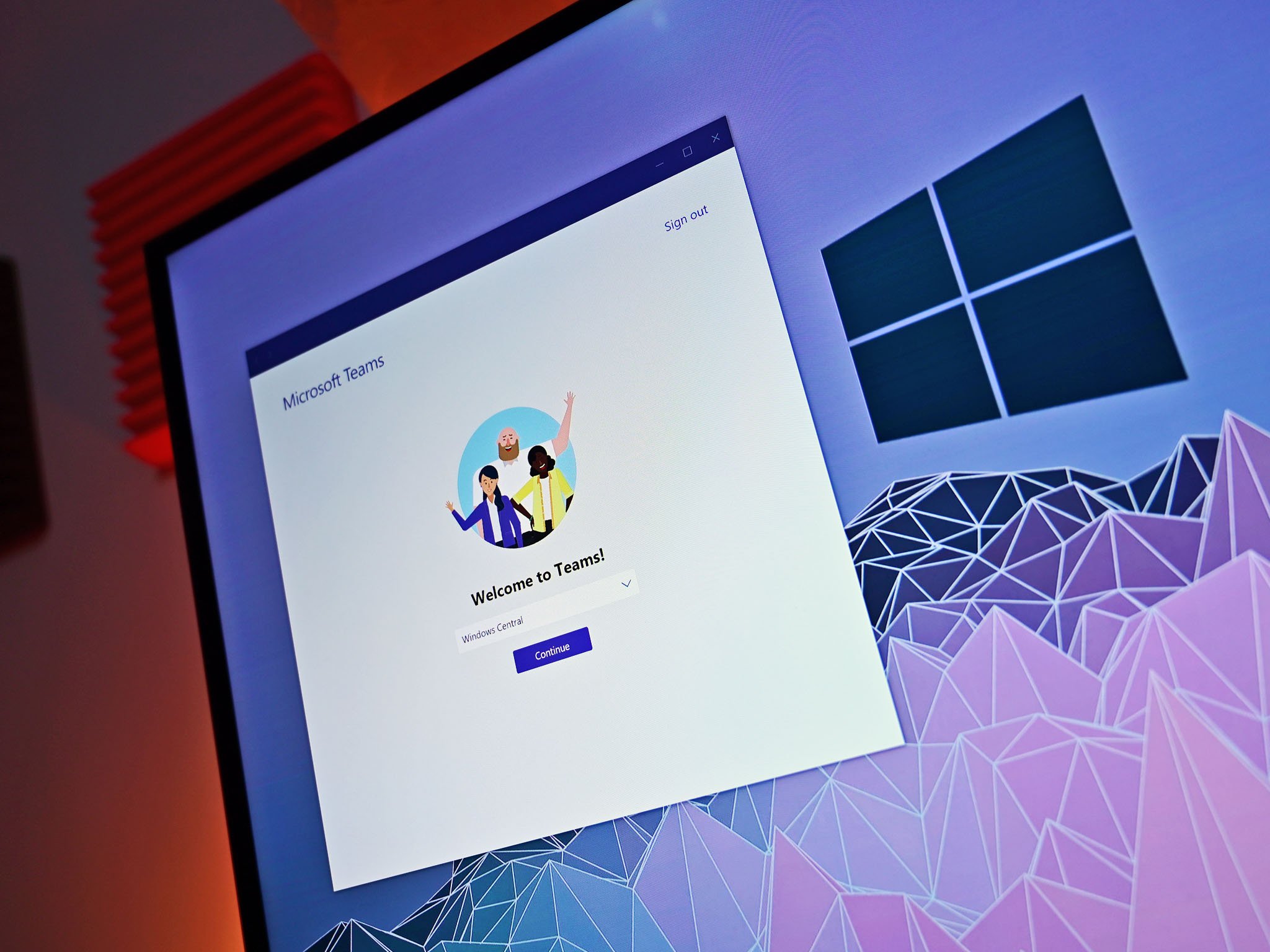Microsoft Teams now supports native notifications on Windows 10, which makes it easier to manage notifications.
What you need to know
- Microsoft Teams now supports native Windows 10 notifications.
- Native notifications work with features like Focus Assist and other system-level settings.
- The feature is gradually rolling out now to Windows 10 PCs.
After months of testing and anticipation, Microsoft Teams finally supports native Windows 10 notifications. We first reported on the feature for Teams back in August 2020. The feature then showed up in preview in December. Now, native notification support is rolling out and should be generally available for everyone this month.
Once the feature becomes available on your system, you'll be able to enable it to have Teams notifications show up in the notification and action area of Windows 10. This places your Teams notifications alongside other system notifications and also makes them work with features like Focus Assist.
If you don't want to use native Windows 10 notifications, you don't have to. Teams will allow you to easily pick which style you'd like to use.
Here's how to enable native Windows 10 notifications within Teams:
- Go to Profile.
- Open Settings.
- Select Notifications.
- Click Notifications style to open a dropdown menu.
- Select Windows.
The Microsoft 365 roadmap lists support for native notifcations as "Rolling out," so you should see the option soon if it isn't already available. As pointed out by OnMSFT, native notifications on macOS are on the way, but still marked as "In development" on the Microsoft 365 roadmap.
Microsoft Teams
Free at Microsoft Free at App Store Free at Google Play Store
Microsoft Teams allows you to collaborate with colleagues, upload files, send messages, and chat through video. It integrates with Office 365 and several other cloud services.






0 comments:
Post a Comment